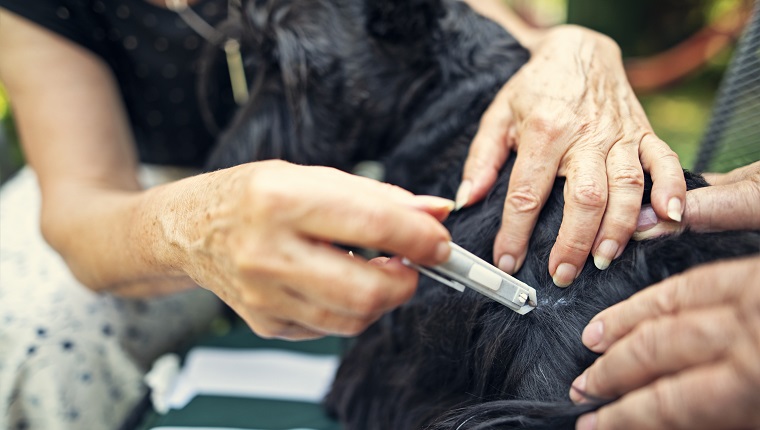There’s no doubt about it — ticks are nasty little bugs. Any creature that attaches itself to skin and sucks blood is high on the list of things you want to avoid. Worse yet, ticks present a health risk for both dogs and humans.
They can feed on hosts’ blood for a few hours or a few weeks — yuck — then drop off to…









